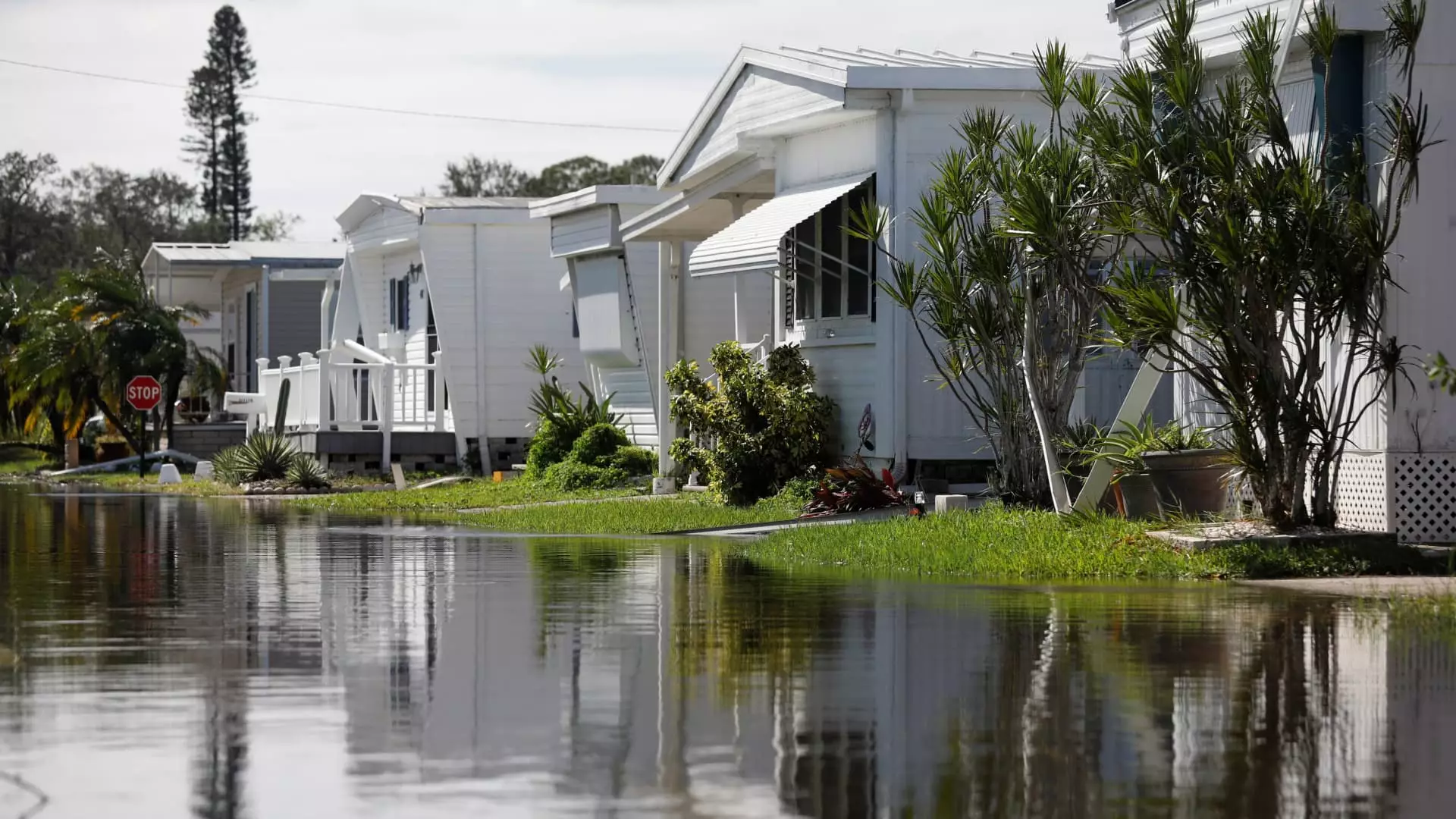The aftermath of natural disasters can leave homes uninhabitable, forcing families to seek interim lodging and face unexpected living expenses. In such precarious situations, homeowners and renters insurance can provide crucial financial support through specific provisions designed to cover additional living costs. This article aims to break down the mechanics of loss of use coverage, explore its significance, and shine a light on what policyholders should consider when navigating these claims.
Natural disasters such as hurricanes, wildfires, or floods can wreak havoc, leaving behind a trail of destruction and significant financial implications. For instance, insured losses from recent events, such as Hurricane Helene, are projected to reach as high as $17.5 billion, and estimates indicate that Hurricane Milton could result in losses between $30 billion and $60 billion. These staggering figures emphasize the necessity for homeowners and renters alike to understand how their insurance policies can provide a financial safety net during such crises.
In many cases, policyholders may not fully grasp the provisions within their insurance policies. Experts like Karl Susman, president of Susman Insurance Services, assert that nearly all homeowners’ policies include loss of use coverage. This provision is specifically designed for scenarios where a home becomes unlivable due to damages caused by covered perils, such as hurricanes or other natural catastrophes.
Loss of use coverage is an essential aspect of homeowners’ and renters’ insurance policies. Typically constituting about 20% of the dwelling coverage, this provision is activated when a property becomes uninhabitable, allowing policyholders to claim funds for necessary living expenses.
The expenses covered by loss of use may encompass a variety of costs incurred while seeking temporary accommodation. This can include hotel bills, rental home fees, food costs, pet boarding, or even storage fees for personal items. For example, if a homeowner’s dwelling is insured for $100,000, they would be entitled to a maximum of approximately $20,000 for loss of use, ensuring that they can manage essential expenses while their residence is being repaired.
Renters and those with condominium insurance also enjoy similar protections. While renters insurance mainly safeguards personal property, loss of use provisions provide a safety net equivalent to 20% of personal property coverage, ensuring that rental occupants have access to necessary funds during times of displacement.
In the wake of a natural disaster, prompt action is vital. Shannon Martin, a licensed insurance agent and analyst, emphasizes the importance of engaging with insurance providers to expedite claim processes. Instead of navigating a complicated claims process alone, contacting the insurance company directly can facilitate a swifter resolution and possibly result in receiving checks sooner to cover urgent housing and living expenses.
Policyholders should also be aware of any potential limitations their policies impose. This includes specific dollar caps for covered expenses and time limits for claiming loss of use. Understanding these constraints can help homeowners and renters adequately plan for their temporary living situations.
It is crucial to recognize that loss of use coverage is designed as a temporary fix rather than a long-term resolution. As Jeremy Porter of the First Street Foundation points out, while this coverage can alleviate immediate financial burdens, it is typically insufficient for extended displacement durations.
Following a disaster, availability and costs of temporary housing can dramatically fluctuate. Higher demand may lead to increased rents and hotel prices, making it challenging for displaced families to secure affordable accommodations. Therefore, planning for potential extended periods away from home is wise, as the recovery process can stretch far beyond the available funds for loss of use.
In addition to private insurance, policyholders should also explore assistance from organizations like the Federal Emergency Management Agency (FEMA). Homeowners can file claims with both their insurance providers and federal aid programs to maximize their support system during recovery.
Understanding the intricacies of loss of use coverage and the claims process becomes imperative in the face of natural disasters. By being proactive, practicing due diligence, and leveraging available resources, homeowners and renters can navigate the turbulent waters of post-disaster recovery with greater confidence and assurance.

